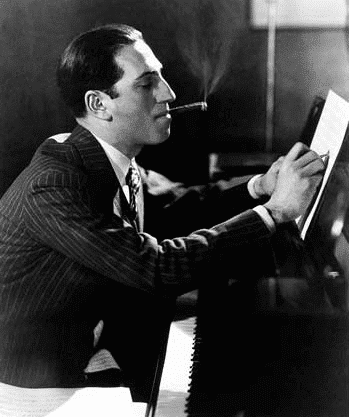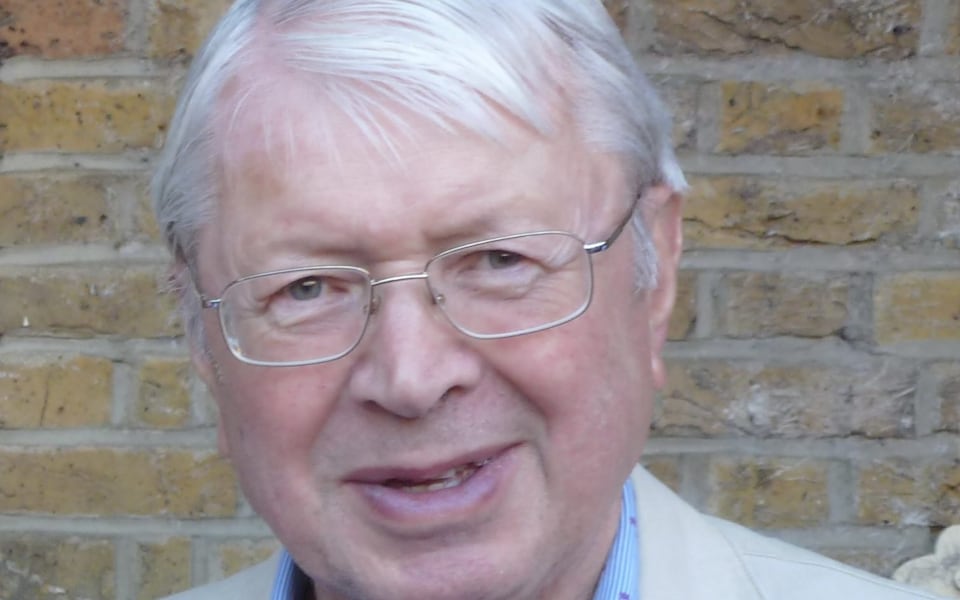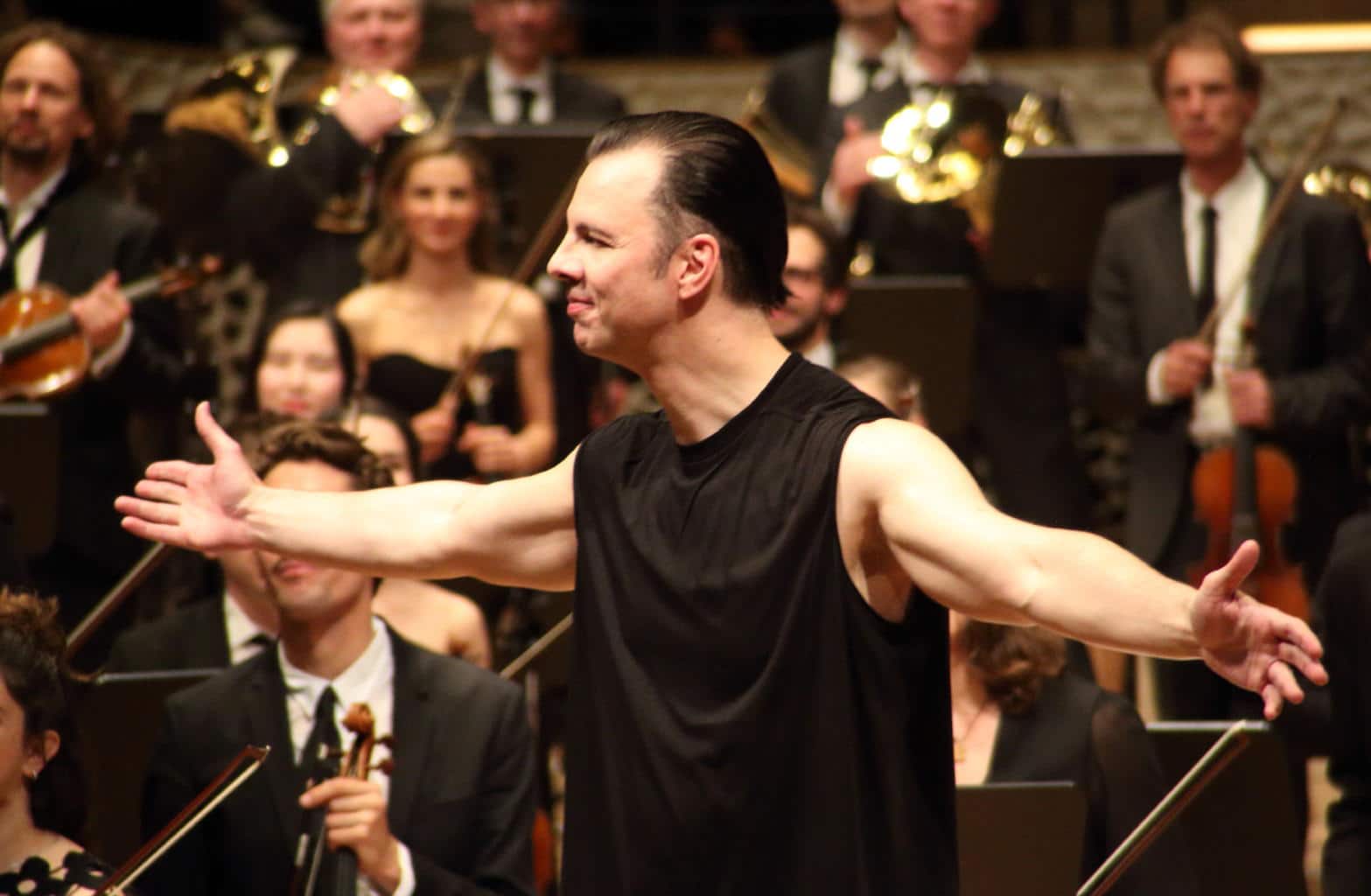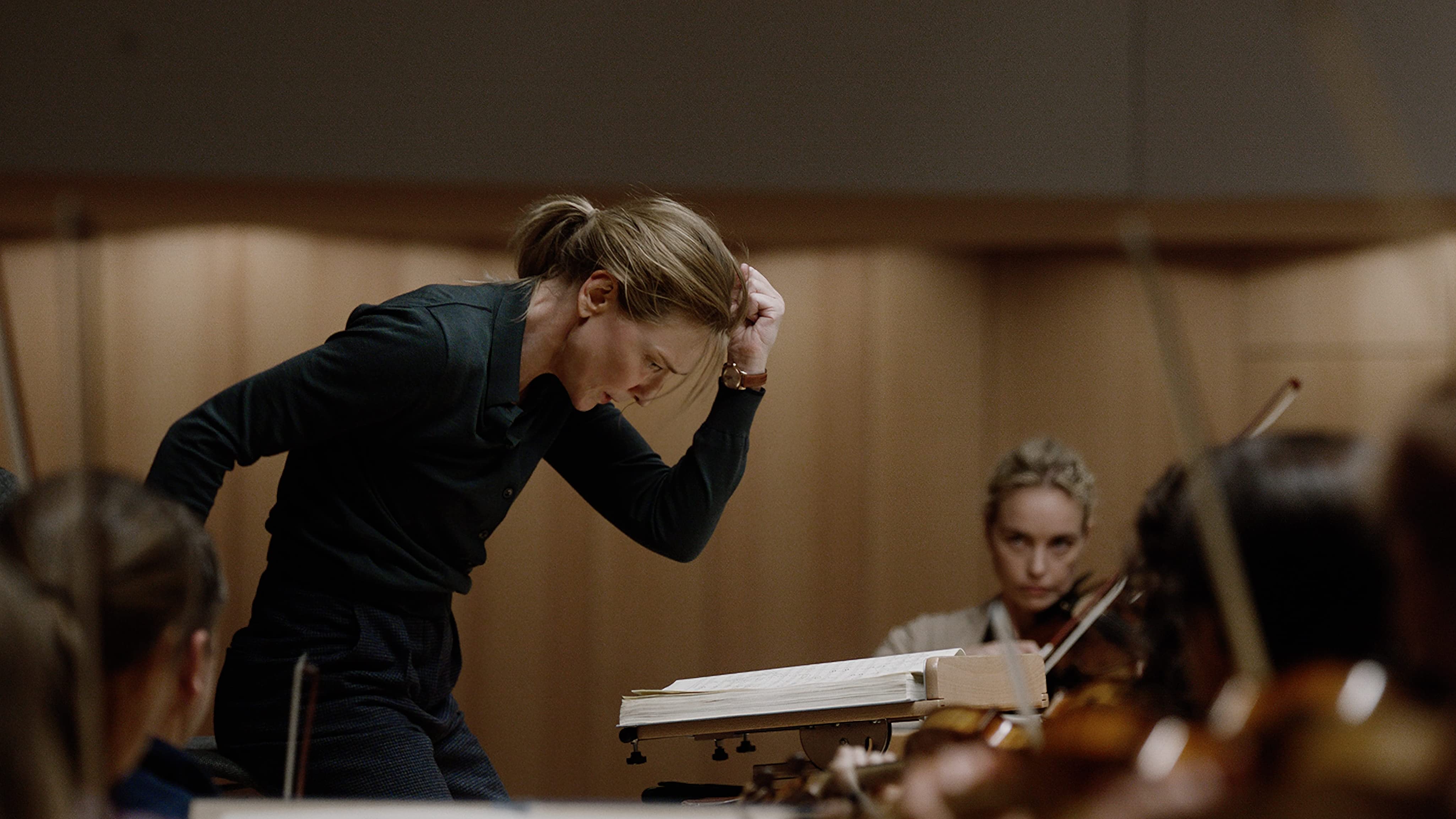Have we all got Gershwin wrong?
mainFrom the Lebrecht Album of the Week:
On first hearing, this seemed nothing special – a Russian-Jewish pianist, Kirill Gerstein, tackling the two Gershwin concertos with the all-American St Louis orchestra. Worthy cultural diplomacy but nothing that immediately gripped the ear. It took a second spin to grasp the truly challenging aspects of this undertaking.
Gerstein takes the jazz band version of Rhapsody in Blue and bends the rhythms in such a way that they sound almost Jewish….

Read on here.
And here.






Comments